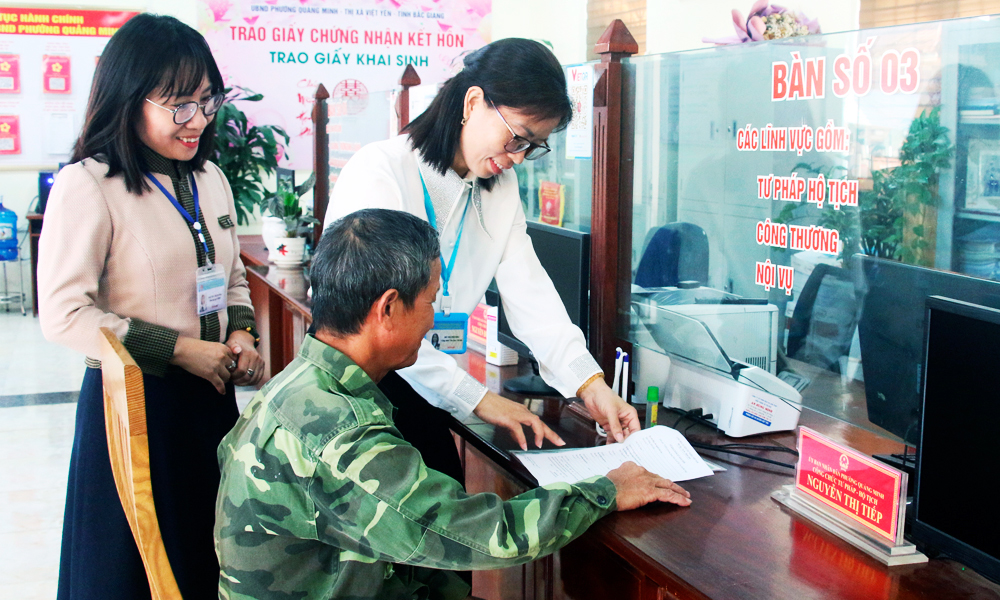Vietnam’s NanoDragon satellite completes final tests in Japan
Prior to the hand-over, JAXA had conducted final tests on August 16-17 concerning the satellite’s shape, size and functions to ensure safety for the upcoming launch into outer space.
 |
|
A staff member of the Vietnam National Space Centre works on the NanoDragon satellite. |
As scheduled, NanoDragon will be launched into orbit at a height of 560 kilometres from the Earth surface later this year.
NanoDragon, a nano-layer CubeSat satellite which weighs approximately 4kg, is the product of a project to design, manufacture, launch and test the operation of a nano-sized microsatellite under the national space science and technology programme in the 2016-2020 period.
The process of researching, designing, integrating, and testing the satellite’s functions was carried out entirely in Vietnam by VNSC researchers (Vietnam Academy of Science and Technology).
The development of NanoDragon is part of the VNSC’s roadmap to develop made-in-Vietnam microsatellites, aiming to implement the space science and technology development and application strategy until 2030, as approved by the Prime Minister on February 4, 2021.
According to VNSC General Director Pham Anh Tuan, the NanoDragon research, design and manufacturing team include the experienced scientists who have participated in Vietnam’s previous two satellite projects PicoDragon and MicroDragon. Some of the members were involved in three to four tests of other satellites while studying in Japan.
Vietnamese scientists are expecting that the NanoDragon satellite will be able to perform well in the task of collecting automatic sensor signals and transmitting them to stations on Earth. If a network of more satellites is implemented in the near future, such data can bring practical applications in service of national socio-economic development.
Prior to NanoDragon, the VNSC successfully developed the 1kg microsatellite PicoDragon and the 50kg satellite MicroDragon, which were launched into orbit in 2013 and 2019, respectively. In addition, the LOTUSat-1 satellite, manufactured by Japan through a VNSC project, is expected to be put into orbit in late 2023, becoming Vietnam’s first radar Earth observation satellite. These are encouraging successes for the country’s young space science and technology industry.
Source: NDO
 Bắc giang
Bắc giang















Reader's comments (0)